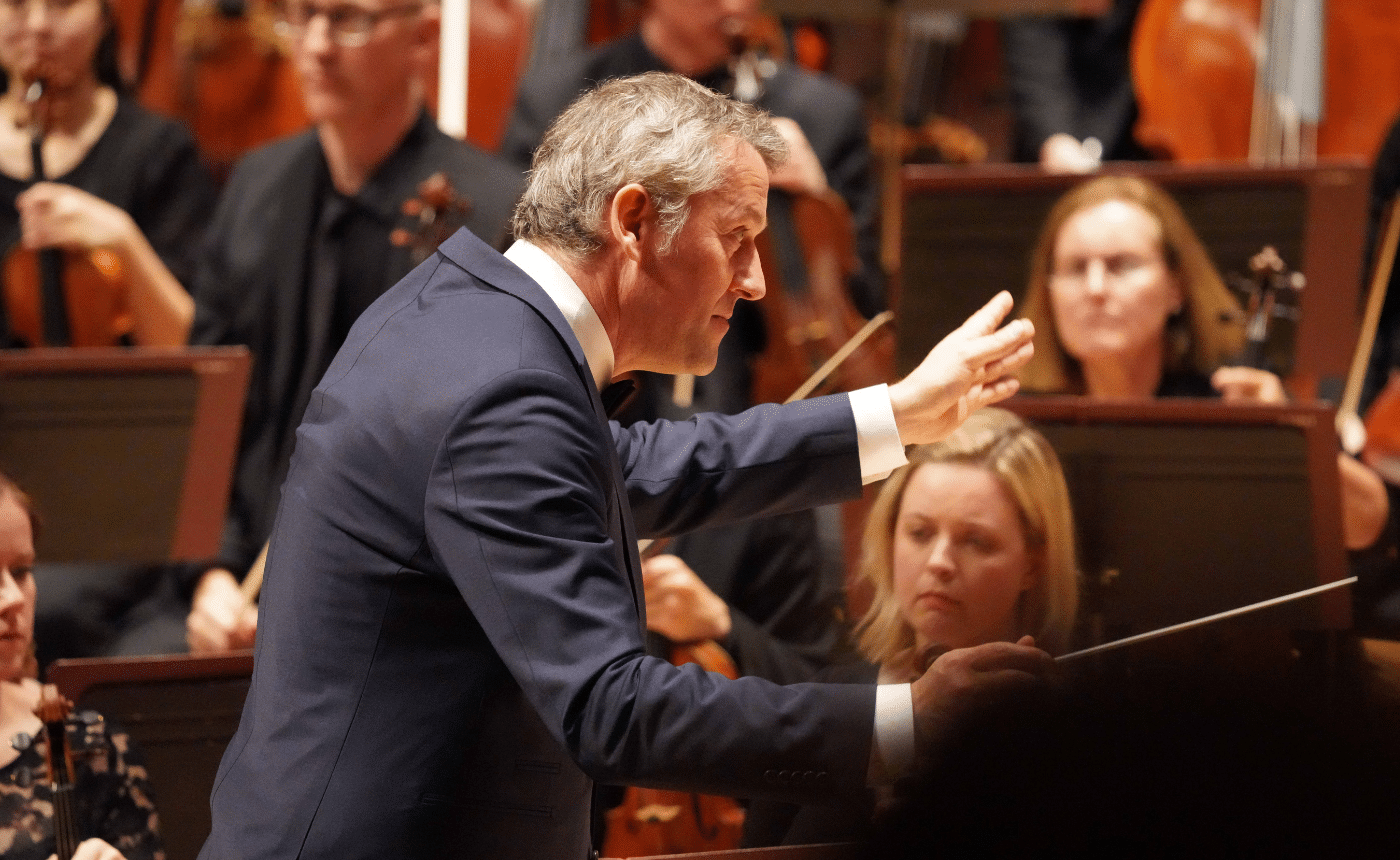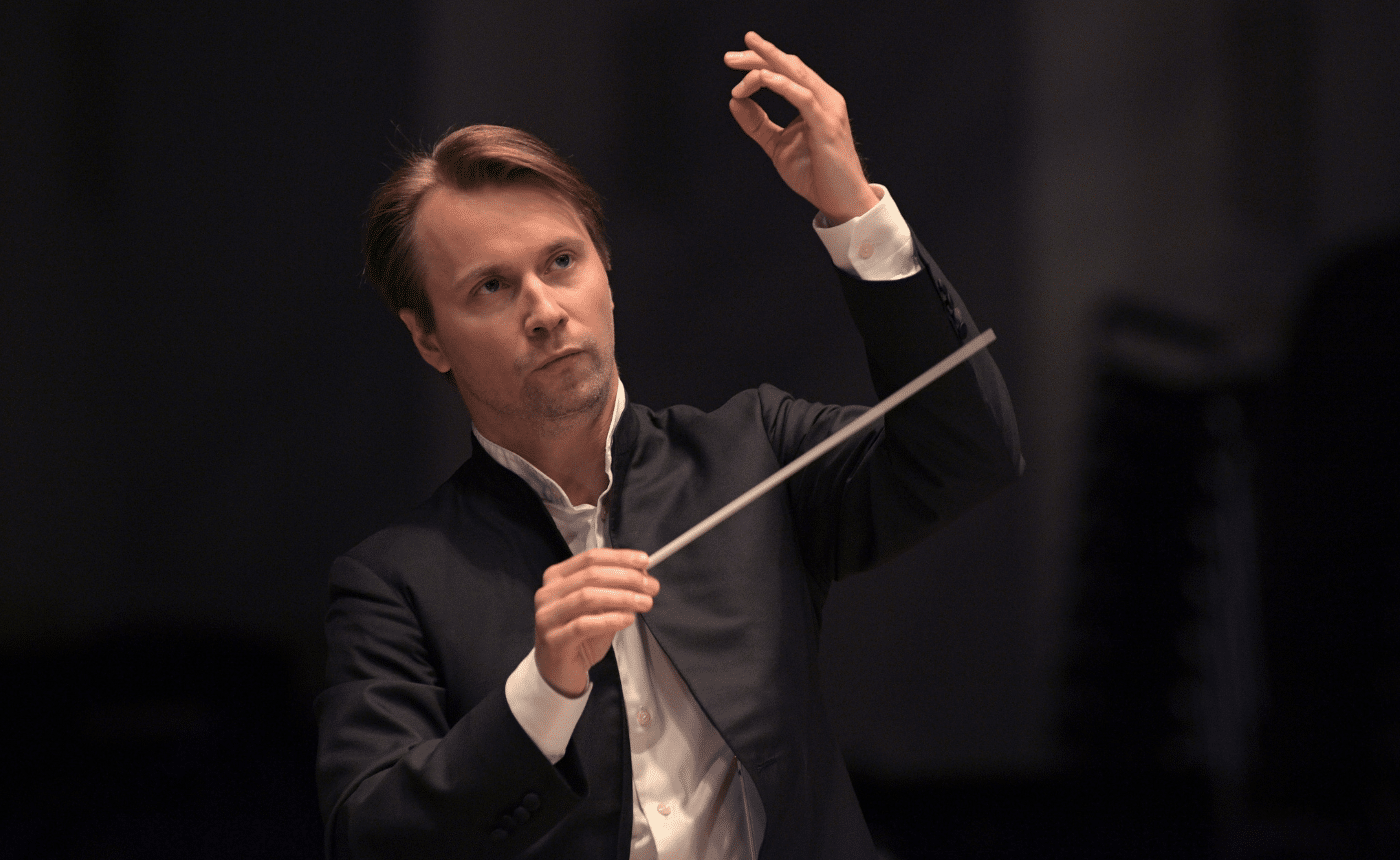Breaking Down Rachmaninoff’s “Rhapsody on a Theme of Paganini”
If you know any piece by 19th– and 20th-century Russian composer Sergei Rachmaninoff, chances are it’s his hit concerto-like work for piano and orchestra, Rhapsody on a Theme of Paganini. The work takes its inspiration from arguably the most famous of Niccolò Paganini’s Caprices for violin, Caprice No. 24.
Of all of Paganini’s caprices for the violin, the 24th captured the imagination and interests of Romantic-era composers the most. Franz Liszt transcribed the work for piano, and Brahms wrote his own variations on the tune for solo piano as well. Rachmaninoff’s Rhapsody takes the creativity and scope of this fascination a step further, bringing a full orchestra into the mix and spinning out 24 variations on the 24th Caprice (notice a theme here?), some of which bear little resemblance to the original theme upon first listen.
What made this work so popular? First of all, Paganini was the closest thing the 18th century had to a rock star. He was known throughout Europe for his technical prowess as well as the works he composed to show off his unmatched skills on the violin. Also, in Rachmaninoff’s early life, works for solo instruments by virtuoso-composers like Paganini and others were the equivalent of today’s ubiquitous pop songs. Before the era of recording technology, the most common way to hear music was in the home, and the easiest works to perform (at least, logistically speaking) were solo works for instruments like piano and violin. Paganini’s compositions were popularized in the home long after he was no longer touring Europe as a virtuoso musician.
Paganini’s 24th Caprice also has a tonal structure that is ripe for variation, and Rachmaninoff not only exploits this but shows it off right at the top of the piece. In most theme-and-variations works, the form is just as it sounds—the theme is presented, and then the composer creates variations on that theme. Rachmaninoff’s Rhapsody subverts this convention by presenting the skeleton of the theme at the very beginning as the first variation, the strings simply plunking the first note of each bar.
(It should be noted here that Rachmaninoff was not the first composer to subvert this convention—another famous example of this is the final movement of Beethoven’s Symphony No. 3 “Eroica.” In fact, Rachmaninoff’s “skeleton” first variation closely resembles Beethoven’s.)
This demonstrates to the listener that the harmonic underpinnings of the theme are actually extremely simple, centering around the first and the fifth notes of the minor scale, and makes some of the more “out-there” variations in the work that much more surprising. After this, the violins (fittingly) present the theme, as the piano reenters by delicately outlining that same harmonic skeleton just demonstrated in the first variation.
The next few variations build in excitement and complexity until we get to variation 6, where the music comes to a reverent pause, and begins again with the soft and solemn variation 7. Here, bassoon takes on a somber, plodding version of the theme while the piano introduces another famous, secondary theme (though you may not notice it if you aren’t listening closely!). Appropriately enough, this famous tune also fascinated many a Romantic-era composer—Berlioz used it the final movement of Symphonie Fantastique, for example (you can listen to that here; the theme appears at 3:26). This is, of course, the Gregorian chant Dies Irae, or “Day of Wrath.” Though you may not know this tune by name, you’ll surely recognize it—take a listen here.
Rachmaninoff had what can only be described as an obsession with this tune—if you attended our Symphonic Dances performances on November 3rd and 4th, you’ll remember this melody making several appearances in that work.
He also uses this theme in his aptly-titled work Isle of the Dead. Much like the Paganini’s 24th Caprice, Dies Irae has a fairly simple melodic structure that makes it ripe for variation and ornamentation alike. The most-used portion of the tune in classical music is the first seven notes, which are comprised mostly of descending half-steps and minor thirds. If this tune is so recognizable, why can it be hard to catch the first appearance of it in Rachmaninoff’s Rhapsody? Perhaps because the melody is masked by its harmonic underpinnings (the theme occasionally takes an unexpected turn into major, but only for a moment at a time) and the deliberate tempo. This measured and mournful take on the Paganini theme in variation 7 don’t last long—the tone quickly turns dark and sinister to match the true nature of the Dies Irae theme, which makes a particularly grand statement as we move into variation 10. In this section of the work, Rachmaninoff shows off his ability to spin familiar melodies into deeply unfamiliar and distant territory, highlighting, in particular, his orchestration skills which he uses to emphasize the ominous and threatening aspects of both themes.
After capping off variation 10 with descending chromatic lines, we enter a brief respite in cadenza-like variation 11. This variation has the feel of swirling mist and starry skies, cleansing the listener of the sinister tone of the previous section and leading us into a coy minuet for variation 12. This diversion doesn’t last long though, as the allegro reasserts its dominance with gusto in variation 13 and sends us into variation 14 with a sweeping upward flourish. This variation contains one of the more interesting transformations of that pliable Paganini theme. Here, the theme is turned upside-down, and one of the notes is removed, creating a fanfare for the winds and brass and departing completely from the tone of the piece thus far. The allegro dies away again at the end of variation 15, giving way to an intimate moderato, which then leads us into the transition that marks the beginning of what would be the slow movement of a traditional concerto.
This variation (number 17, if you’re keeping score) is one of those that descends into a deeply unfamiliar territory, the only remnants of our two themes being a simple outline of the first and fifth notes of the scale by the trumpets and woodwinds. The piano wanders through various harmonic realms until it finally finds its home in an unexpected key—D-flat Major. While this is an unusual place for a piece that starts in A minor to land, it feels as though the sun is emerging from a dark layer of clouds, sunlight washing over us as listeners. This variation, number 18, is the most famous—Rachmaninoff even said of it, “This one is for my agent.” Again, this glorious melody is a product of the Paganini theme being turned upside down, this time without any notes missing and in a major key. I won’t say more about this variation because its simple beauty defies words. Just sit back and enjoy this one!
As the musicians of the orchestra gradually fade out, the piano is left alone to wind down this variation. Suddenly, the strings pluck a couple of A Major chords to send the orchestra back into that snappy tempo and dark mood that permeates so much of this work, as if that glorious 18thvariation was just a dream. This also launches us into what would be the breakneck, impressive finale of a traditional three-movement concerto. The piano plays right into this trope, bringing back the technically impressive style that Rachmaninoff is so famous for, all the while deeply imbued with both the Paganini and the Dies Irae themes. The orchestra and the piano gain speed and volume through the following variations, working themselves into a tizzy until the music reaches a surprising, climactic halt in A-flat Major.
After a delicious moment of silence, the piano reintroduces us to the Paganini theme in its original melodic form, signaling to the listener that this ride full of unexpected twists and turns is coming to a close. The orchestra and piano alike cascade toward a thundering finale (where Dies Irae makes a final appearance in full force), but we don’t get the resounding, full-orchestra chord that one might have been expecting to close out the work. Instead, a final moment of cunning and wit from the piano alone ends the piece, almost always eliciting a soft chuckle from the audience followed by boisterous applause.
If you want to get a feel for this work before you arrive at the concert hall, or simply put all of this information in perspective, you can take a listen here:
Or if you’d like a pianist’s perspective on this piece, here’s our soloist, Jon Kimura Parker, discussing the work:
Utah Symphony Artist Logistics Coordinator Erin Lunsford takes care of the many guest artists and guest conductors that perform with the orchestra. She holds a Bachelor of Music in Bassoon Performance from the University of North Carolina, and still enjoys playing bassoon and studying music history in her spare time.











